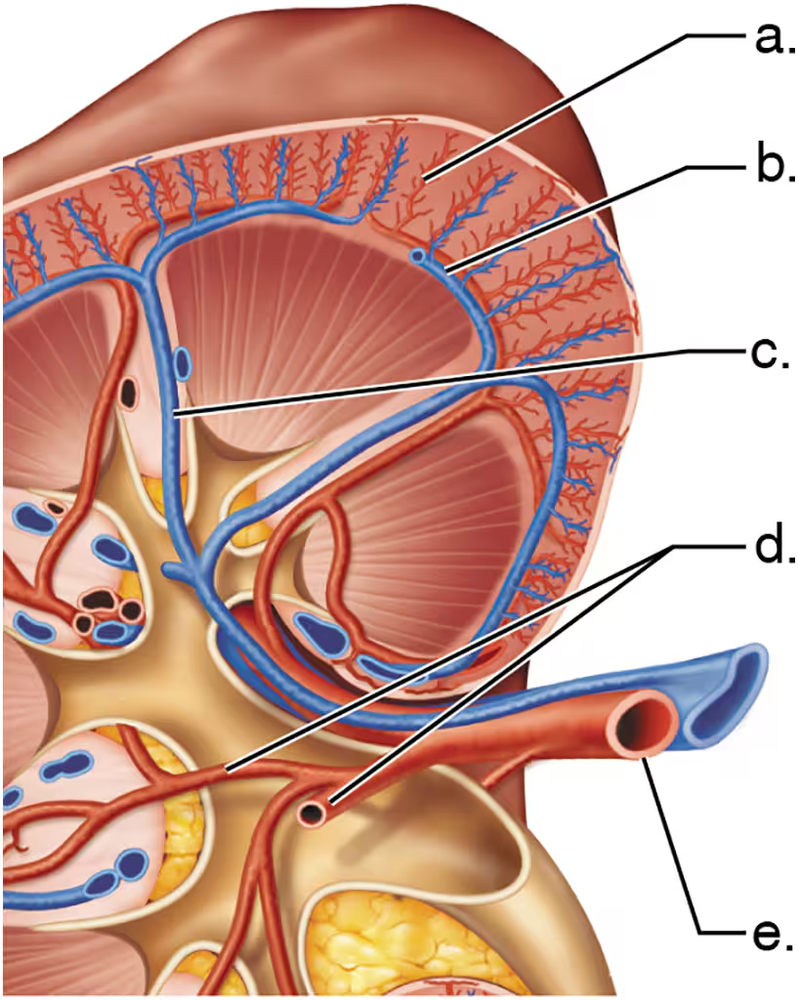Multiple Choice
Under normal resting conditions, the __________ arteries deliver one-fourth of the total cardiac output (about 1200 ml) to the kidneys each minute.
1145
views
4
rank

 Verified step by step guidance
Verified step by step guidance Verified video answer for a similar problem:
Verified video answer for a similar problem:



 6:37m
6:37mMaster Blood Supply to the Kidneys with a bite sized video explanation from Bruce Bryan
Start learning